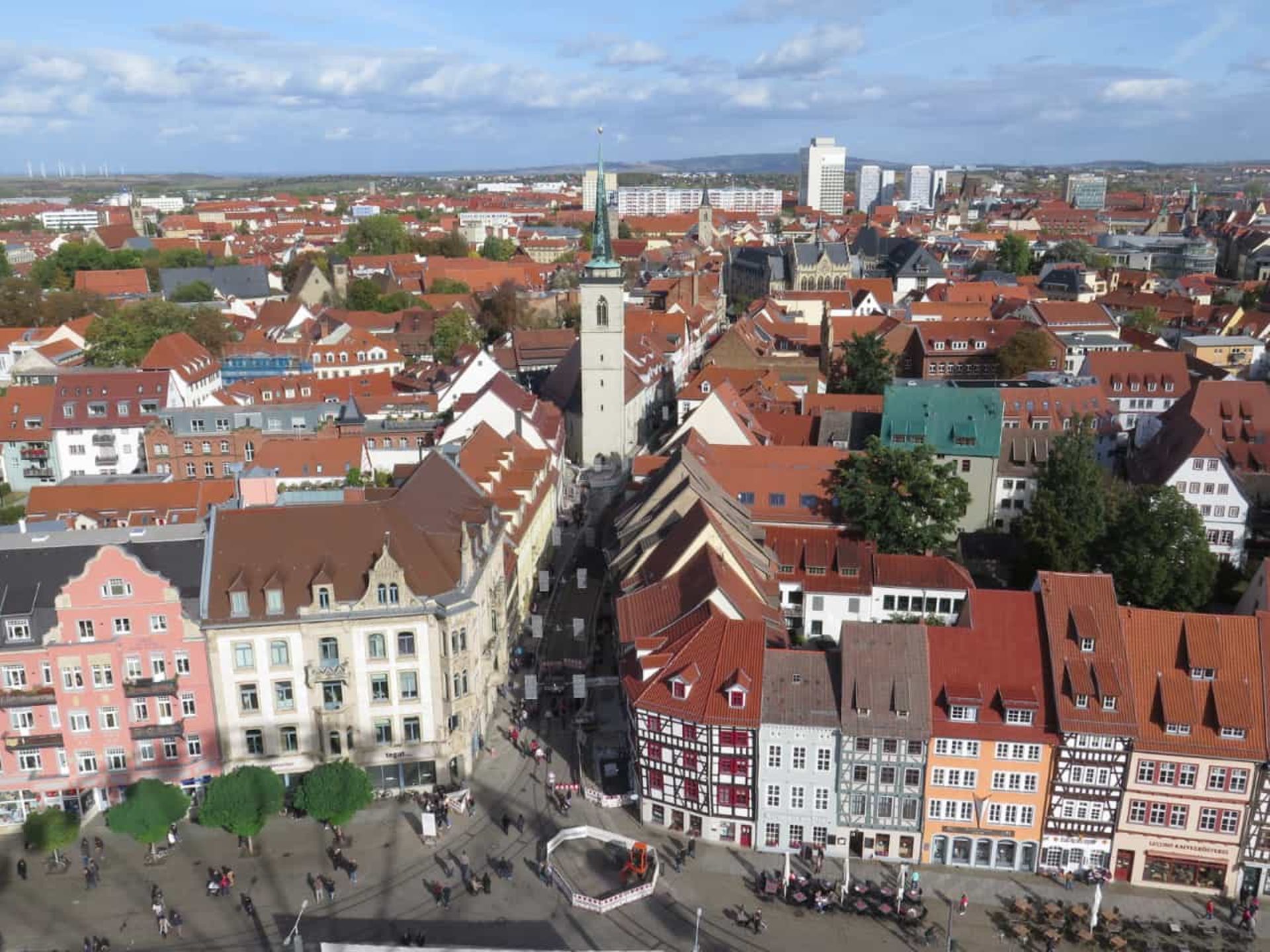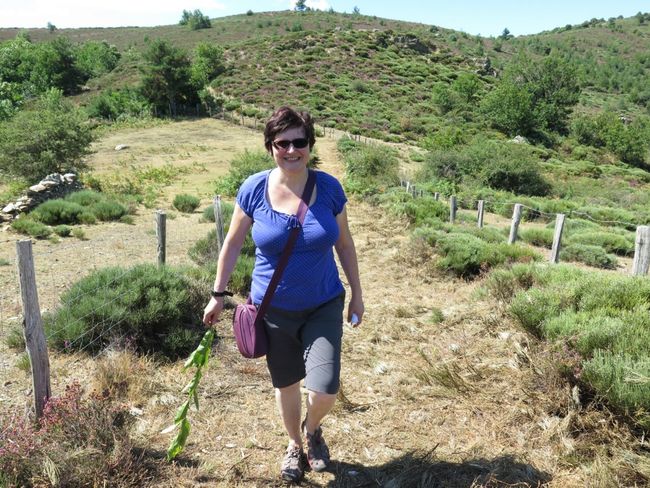2023 - April - Toulouse
פֿאַרעפֿנטלעכט: 29.04.2023
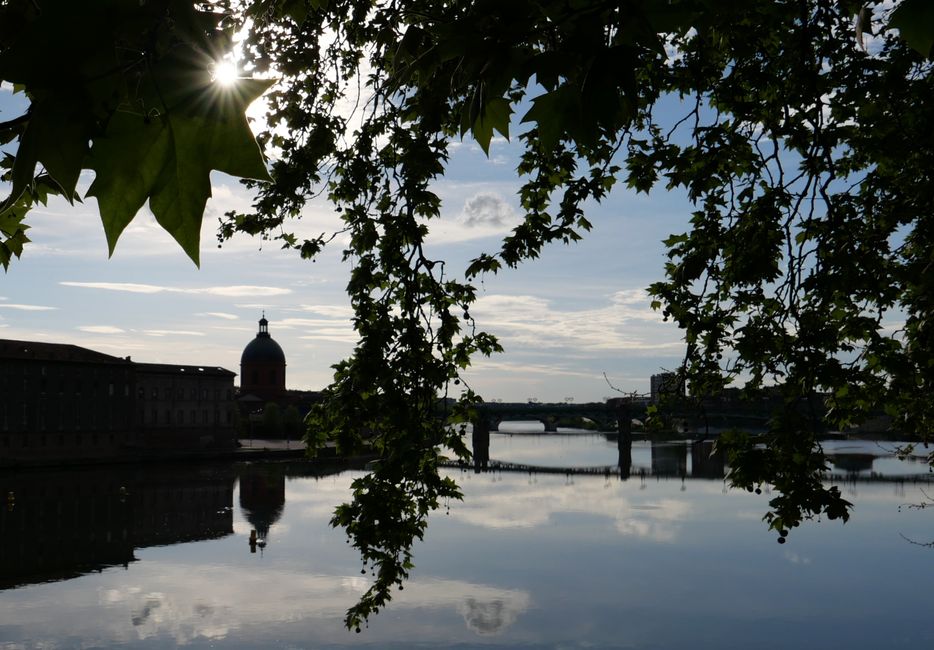
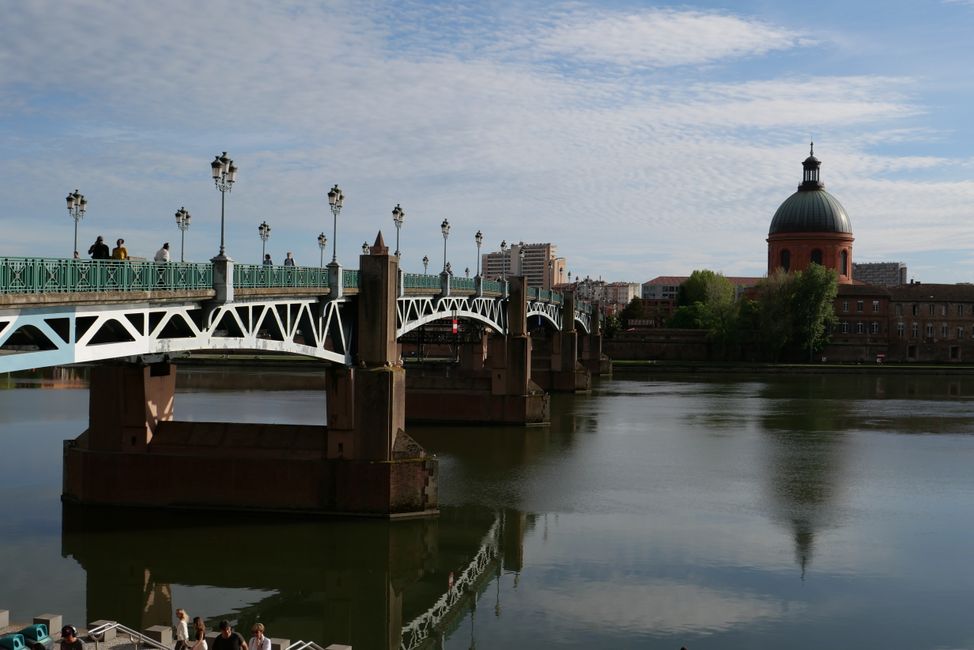
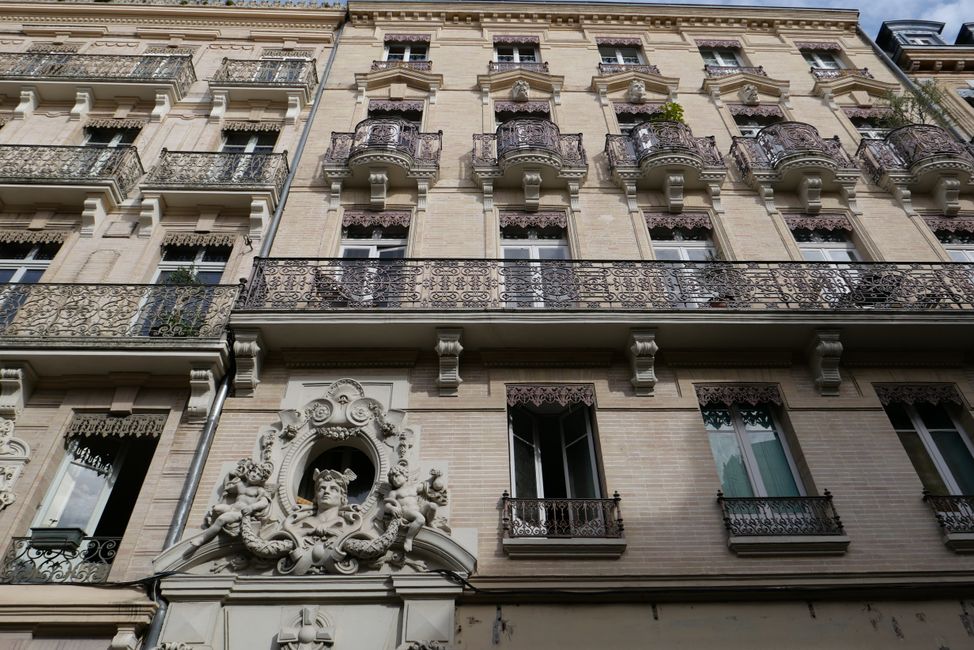
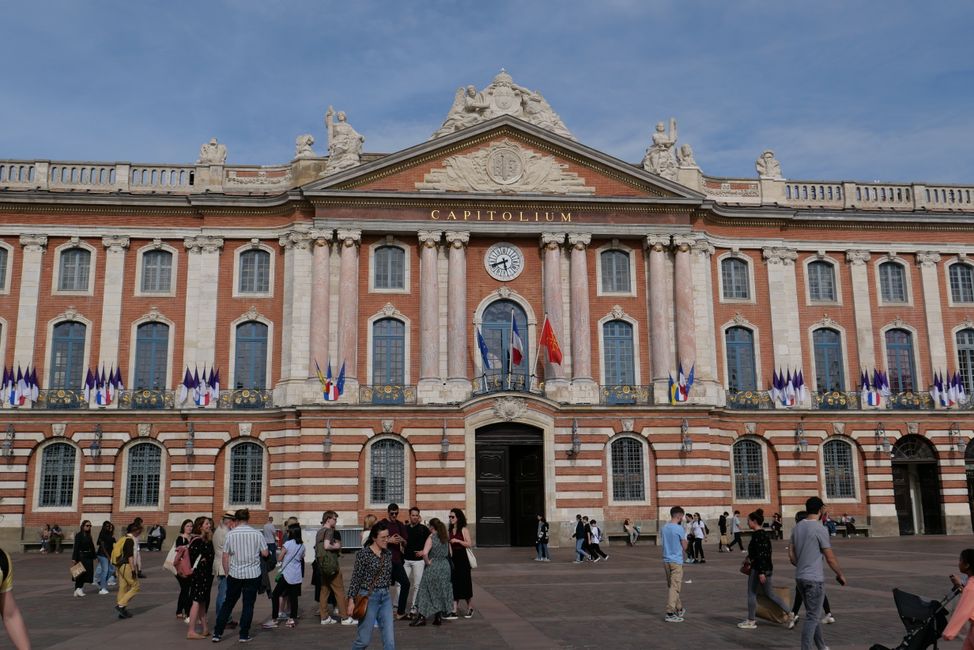
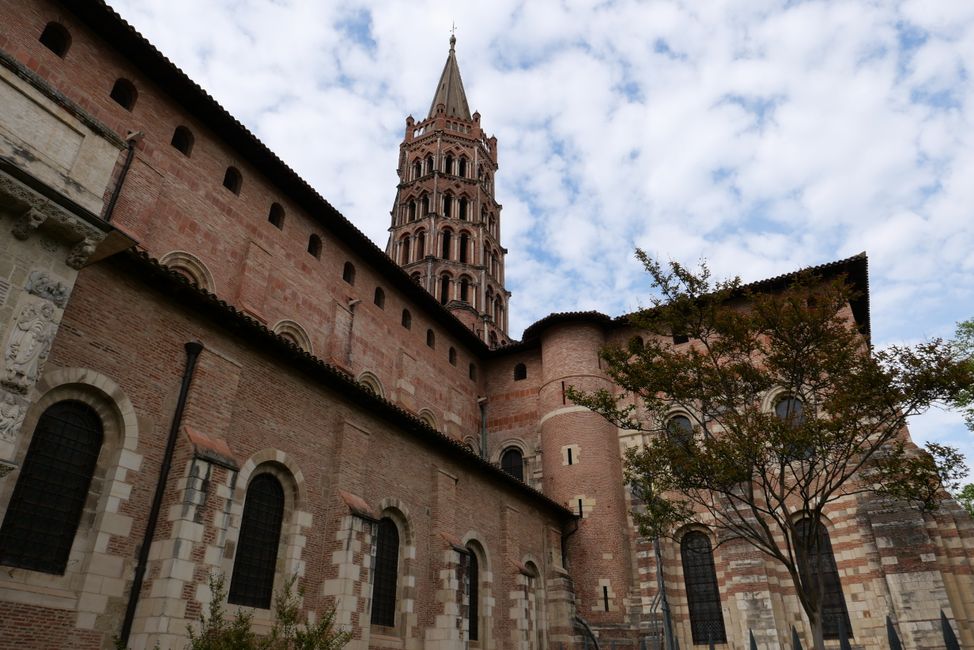
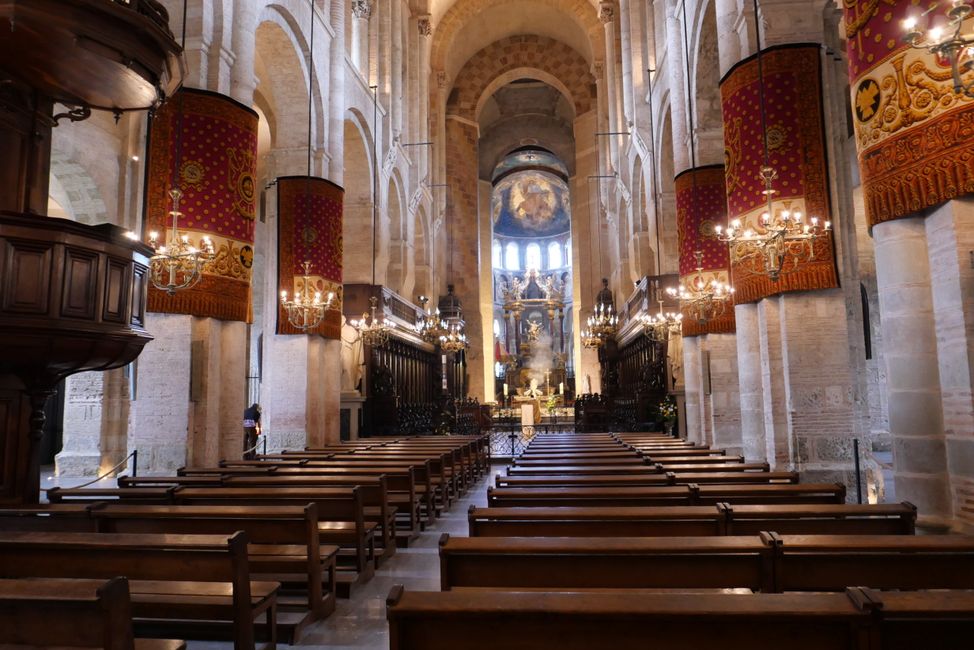
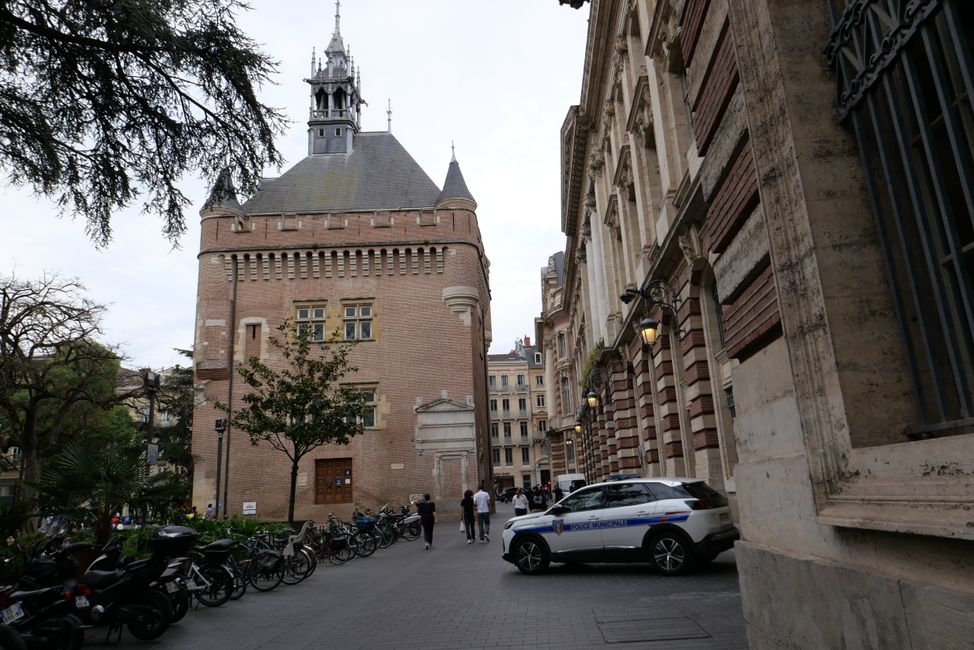
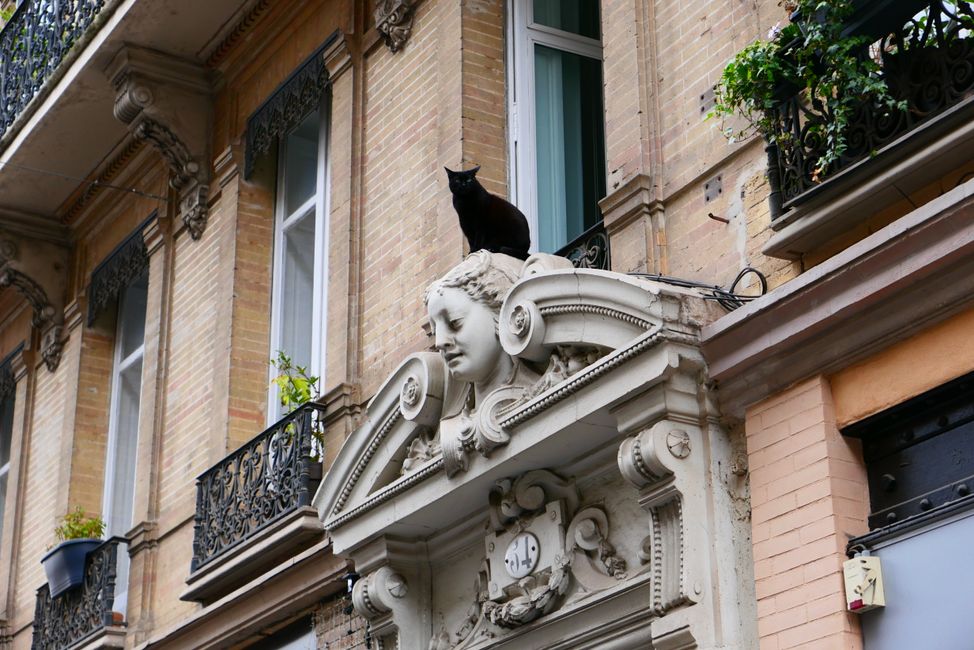
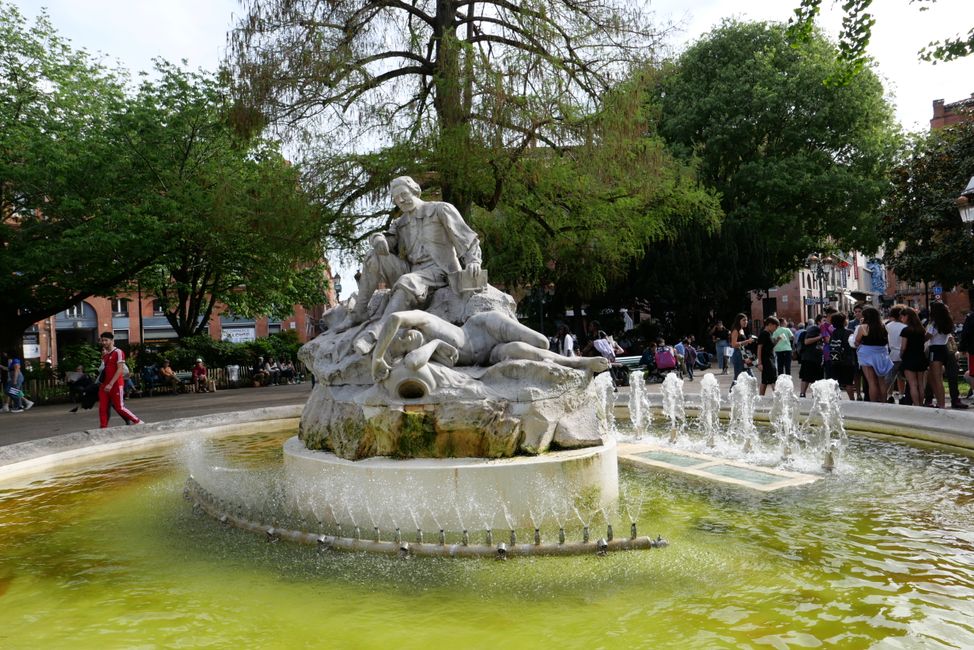
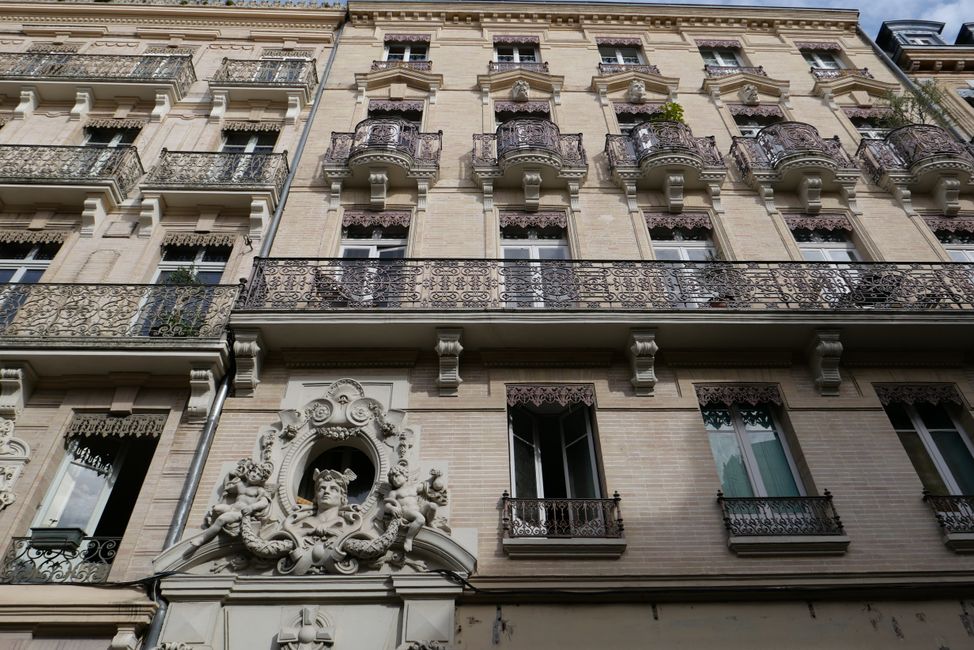
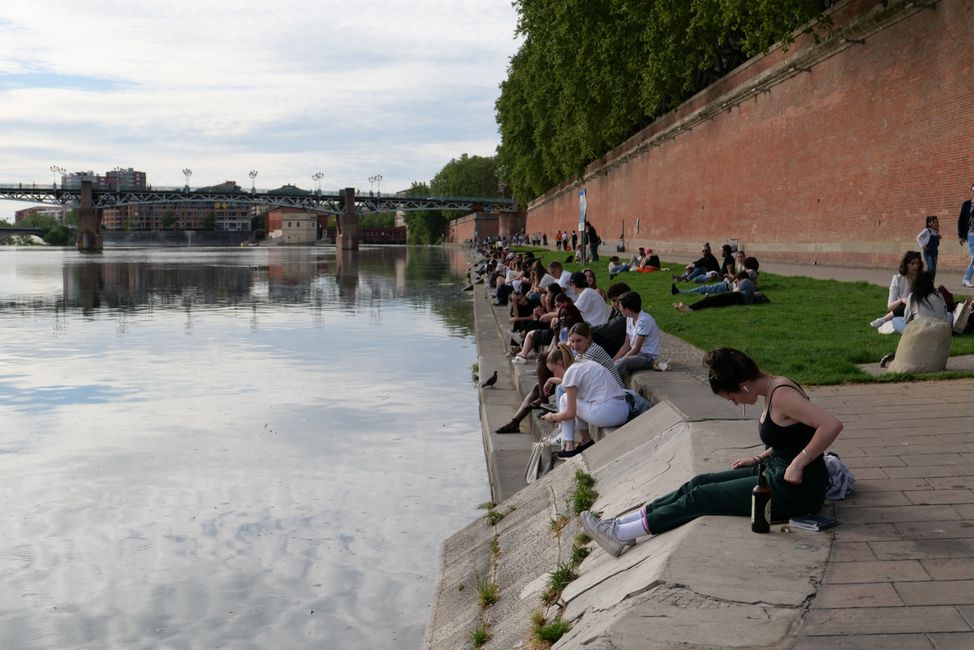
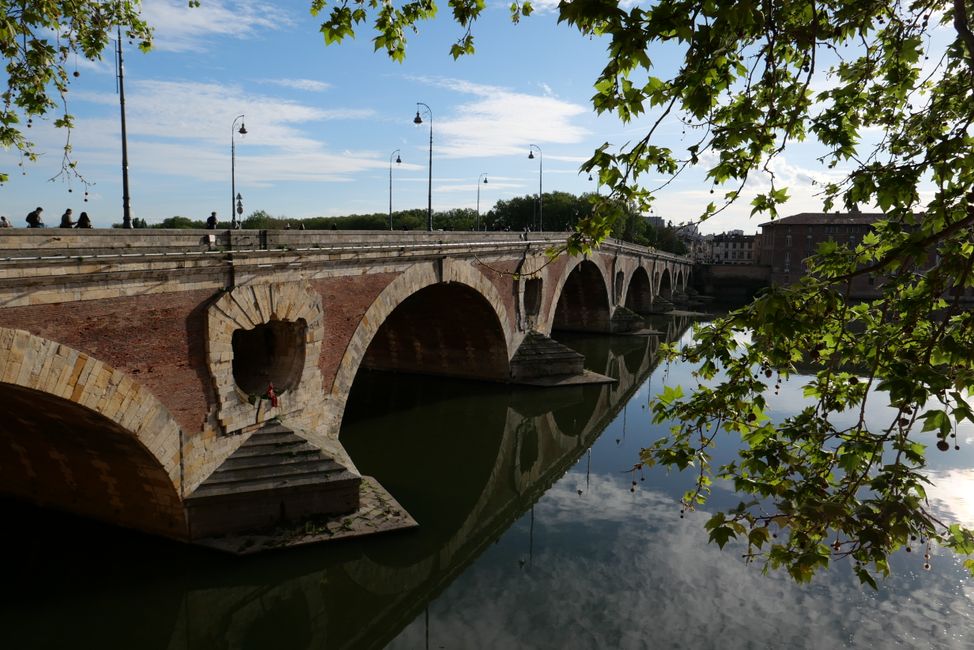
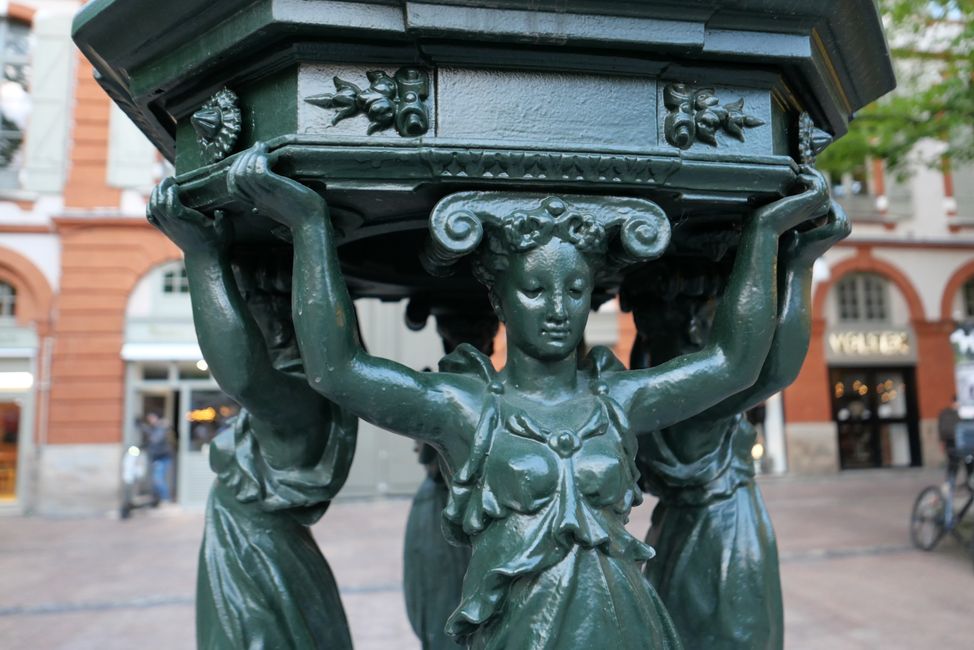
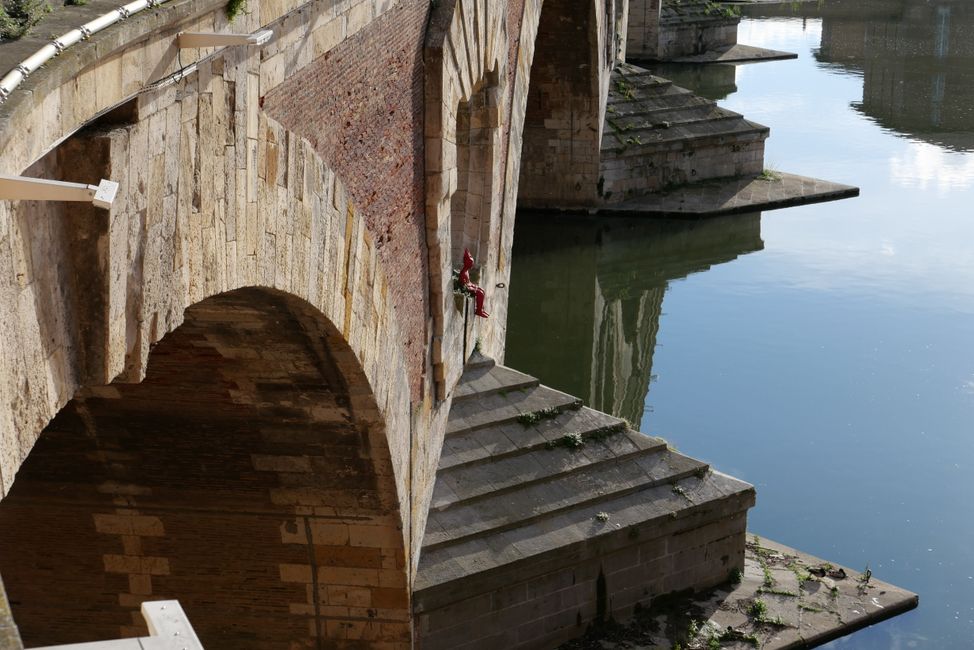
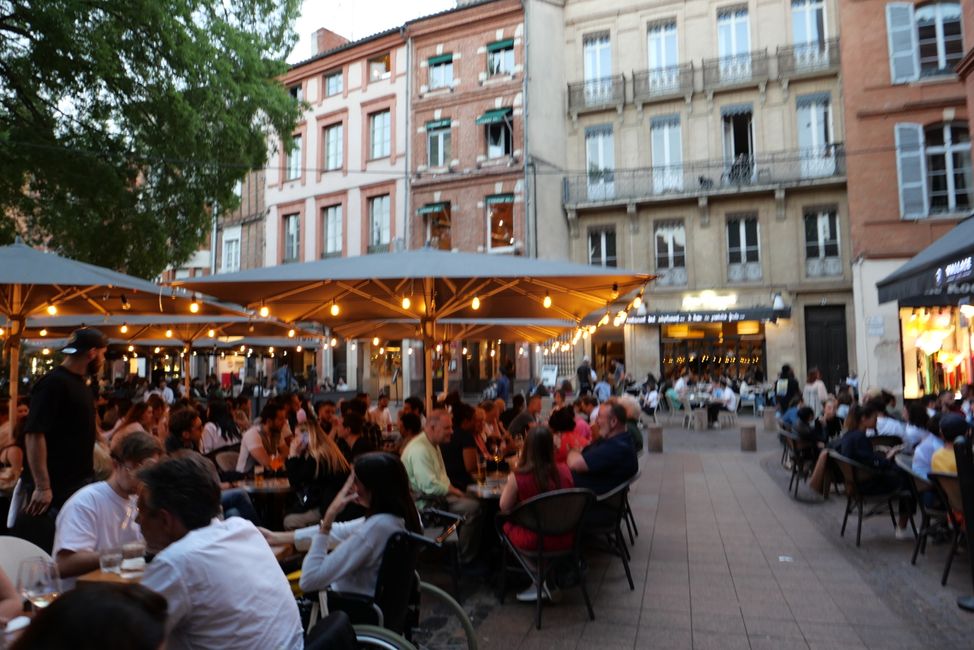
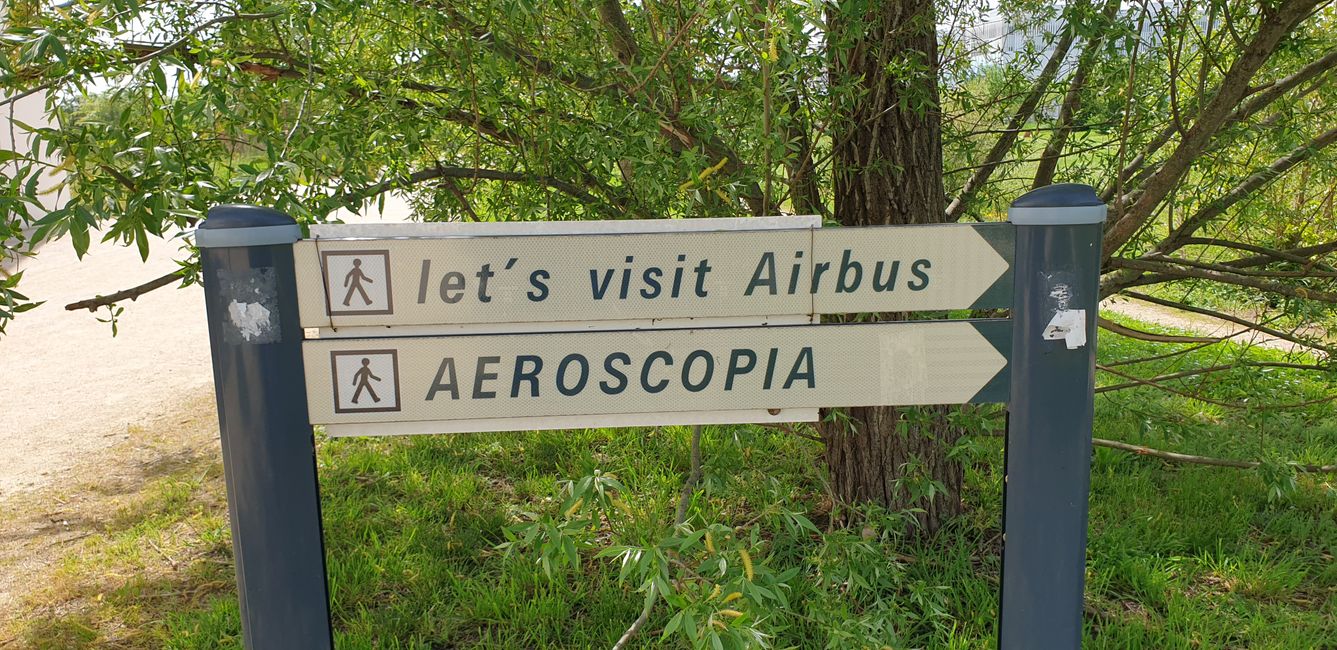
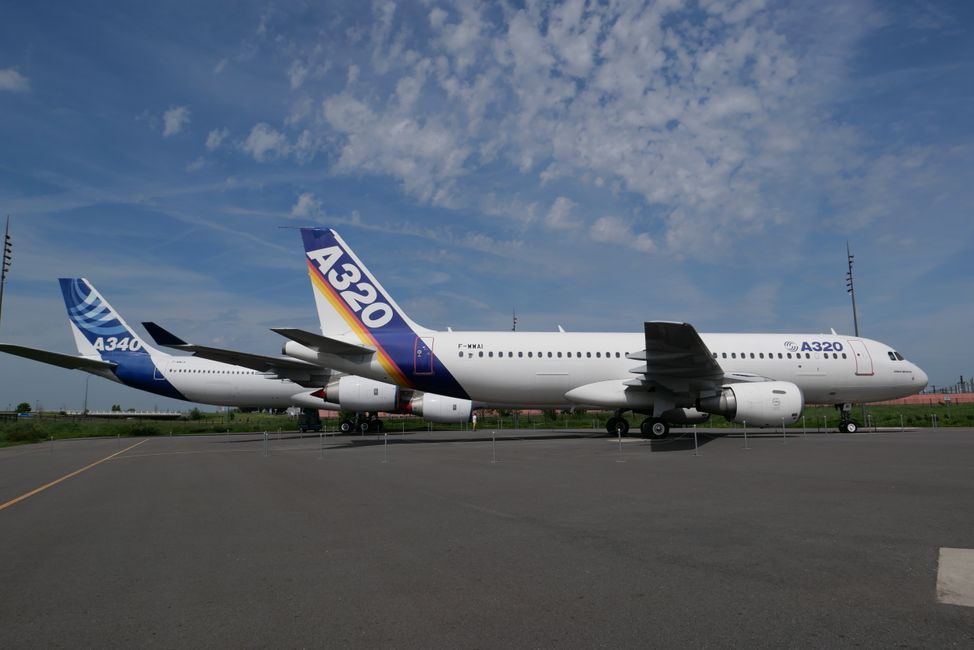
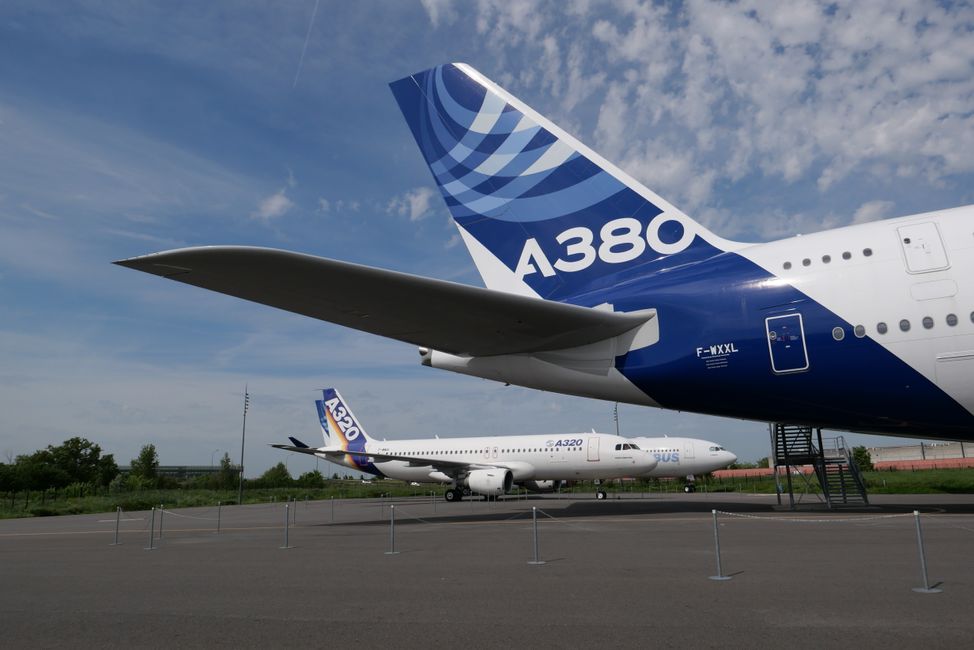
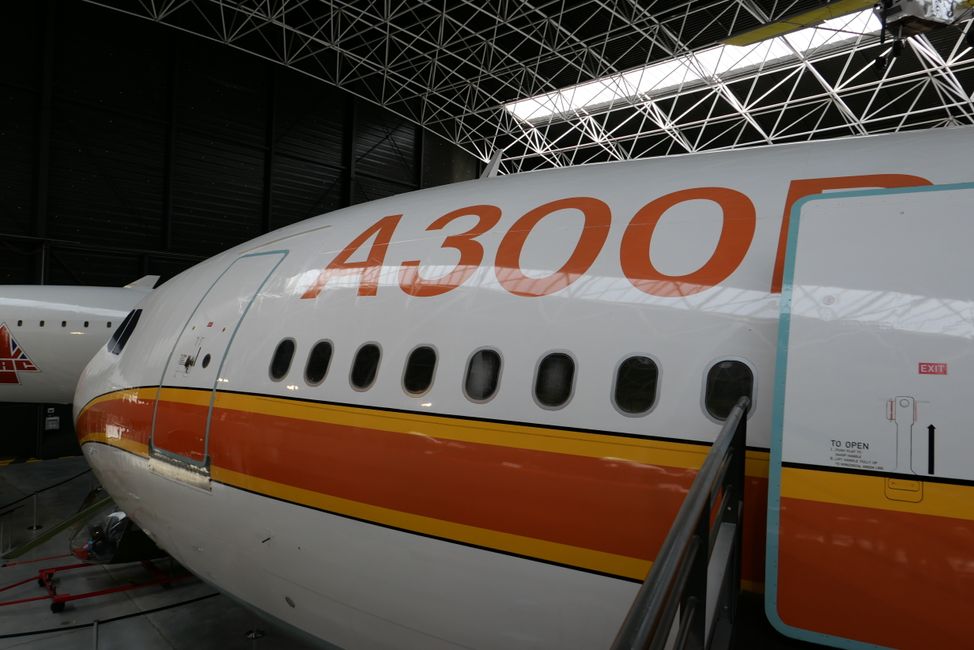
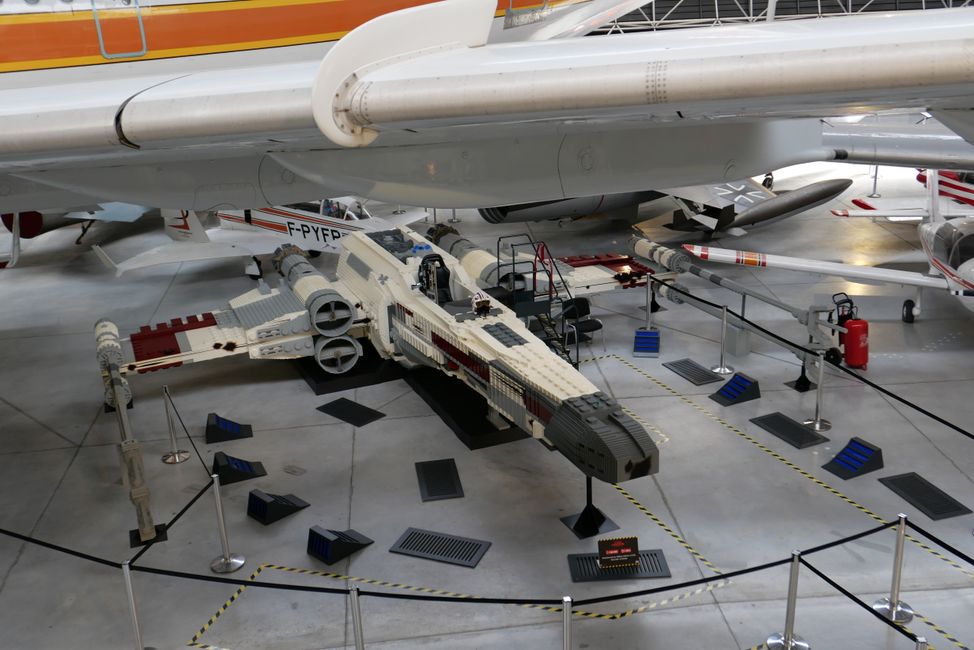
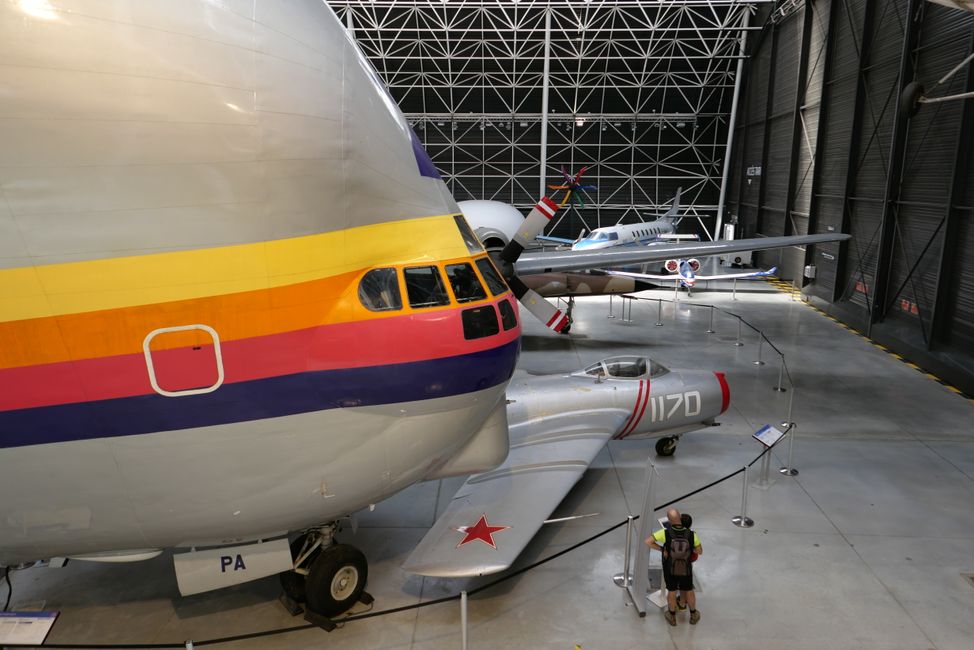
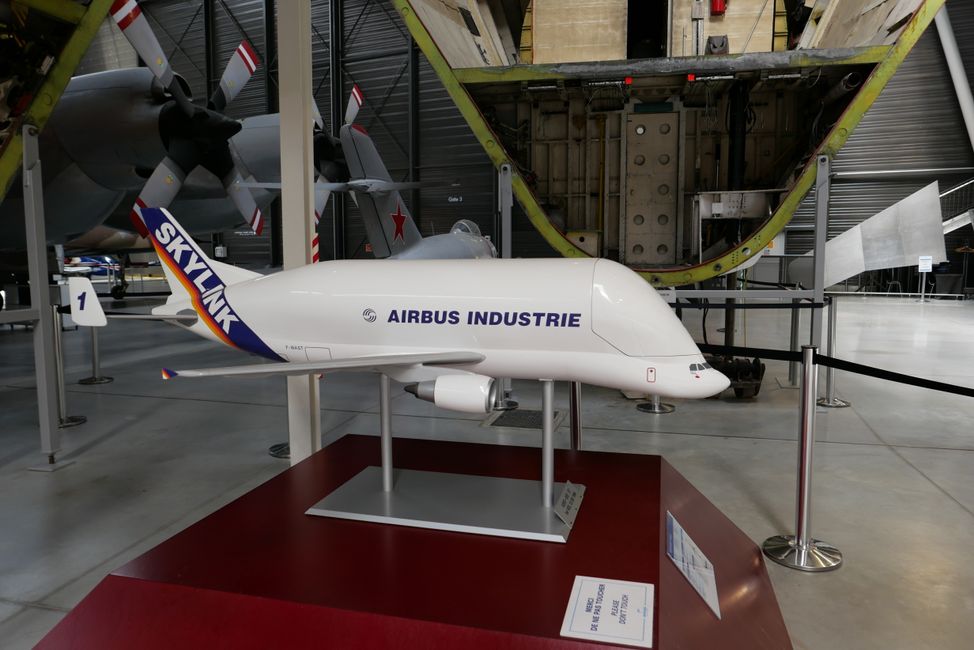
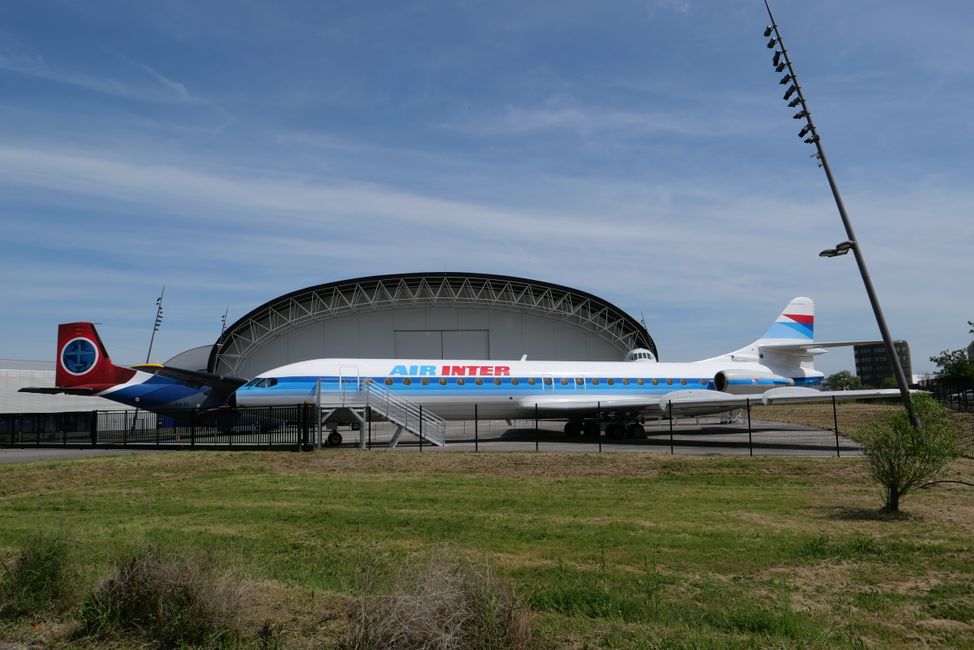
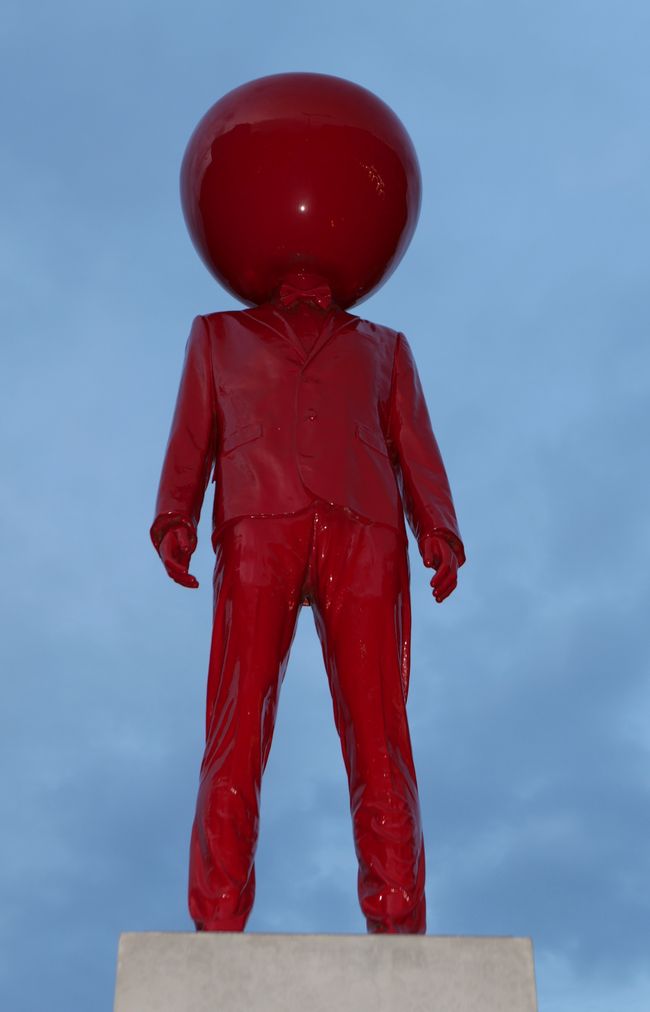
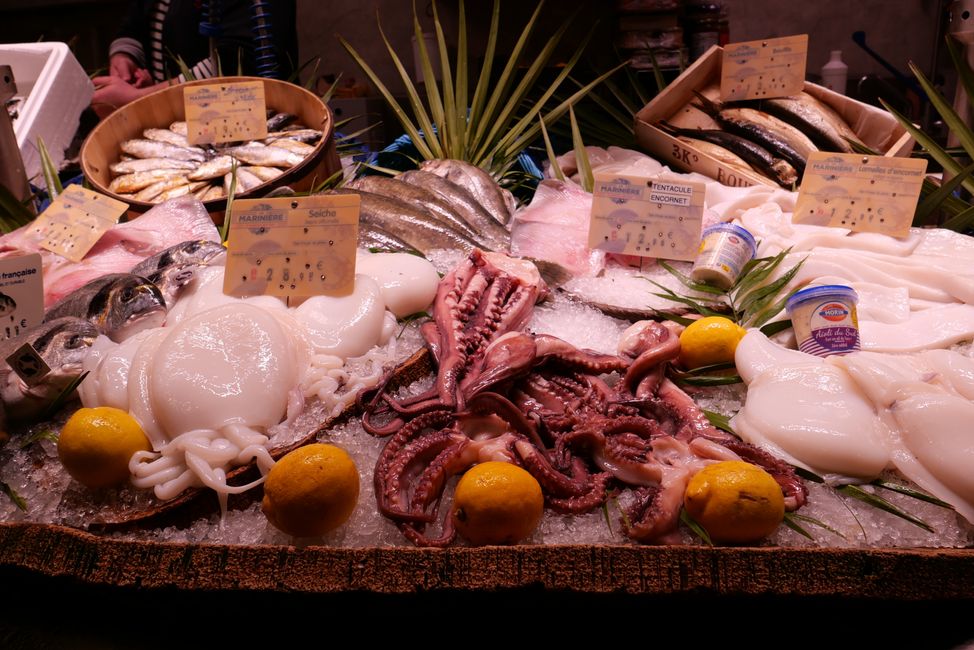
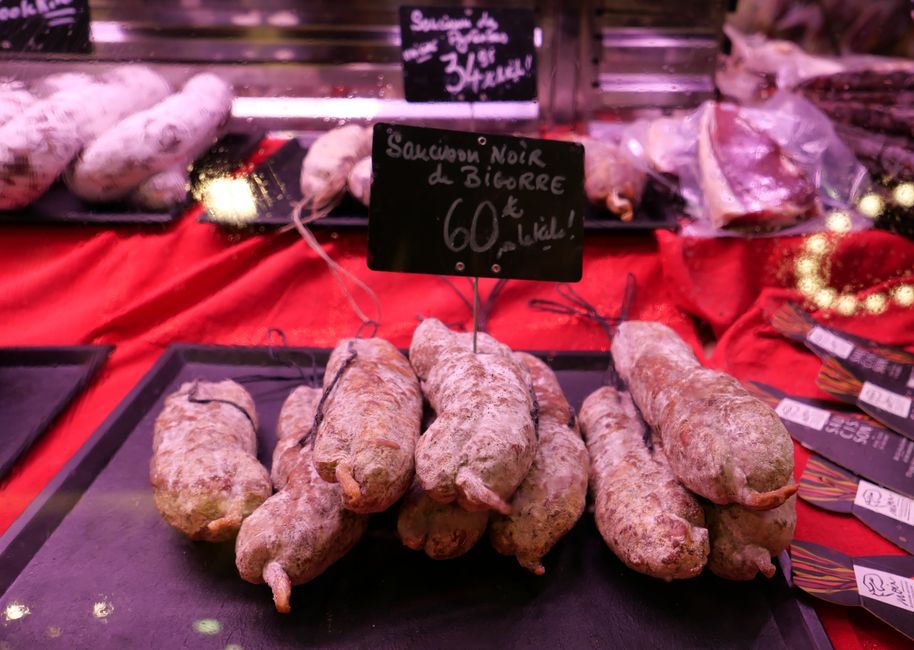
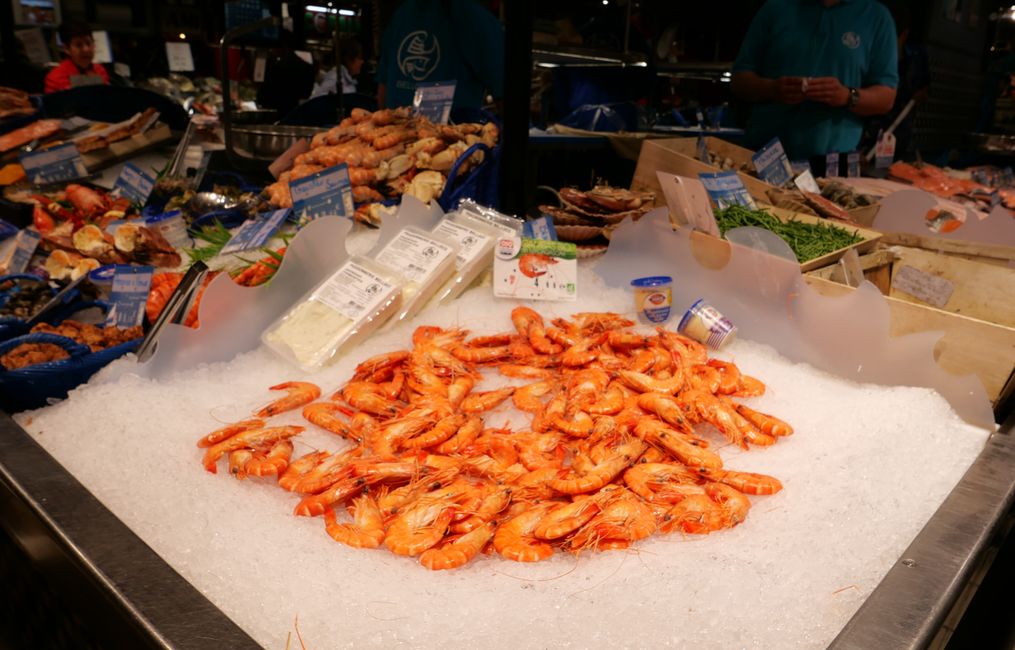
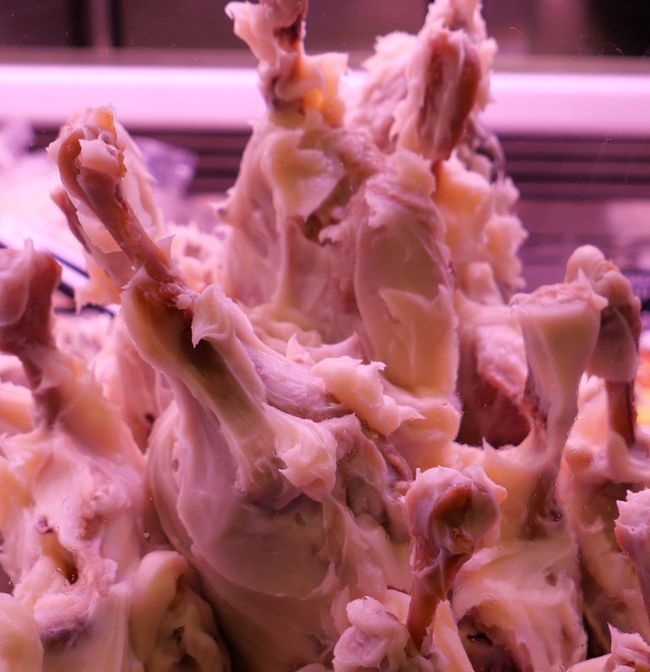
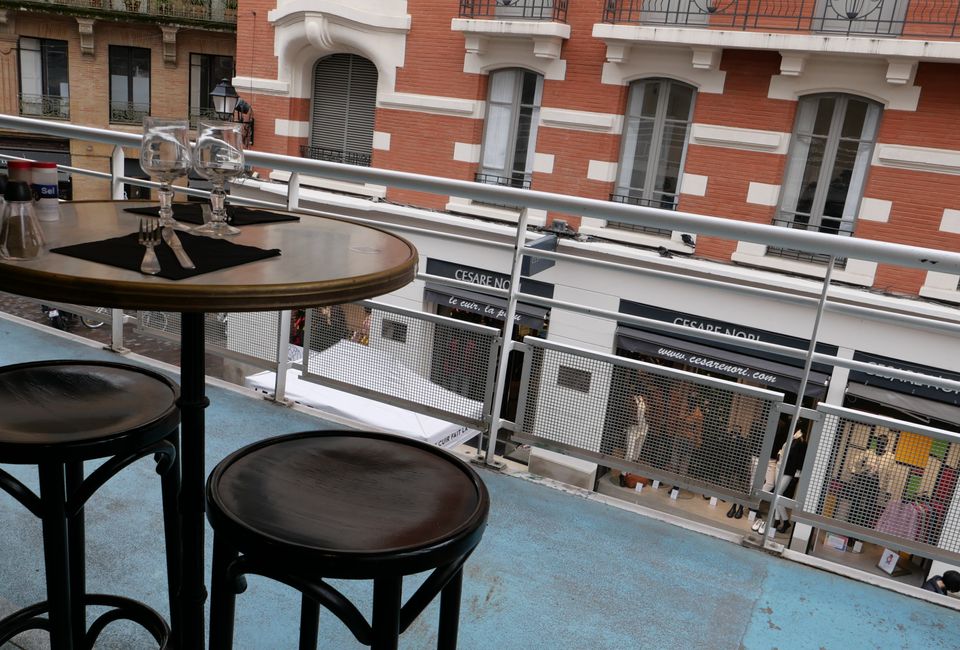
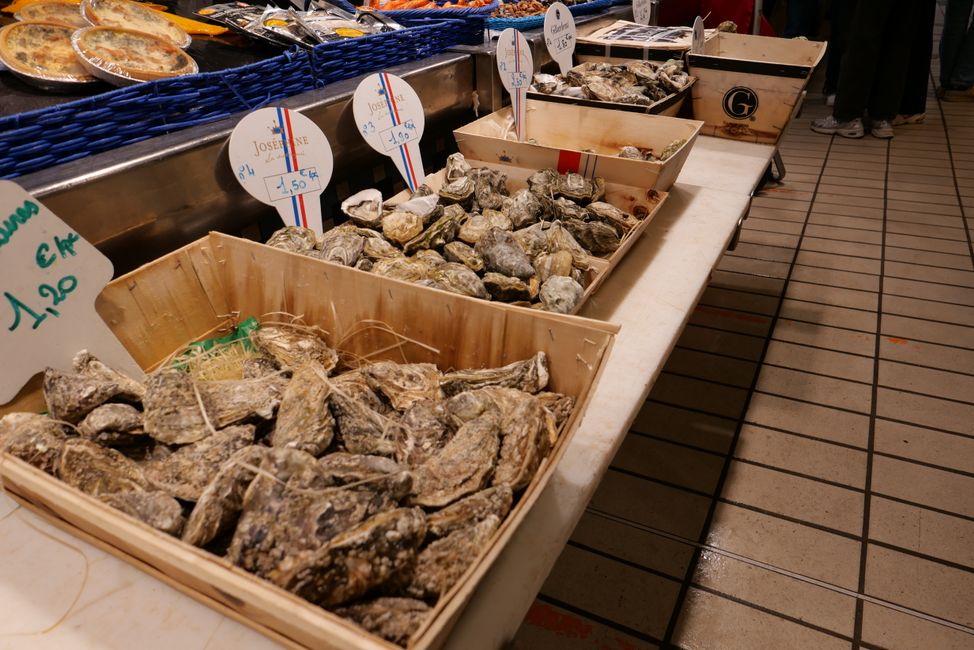
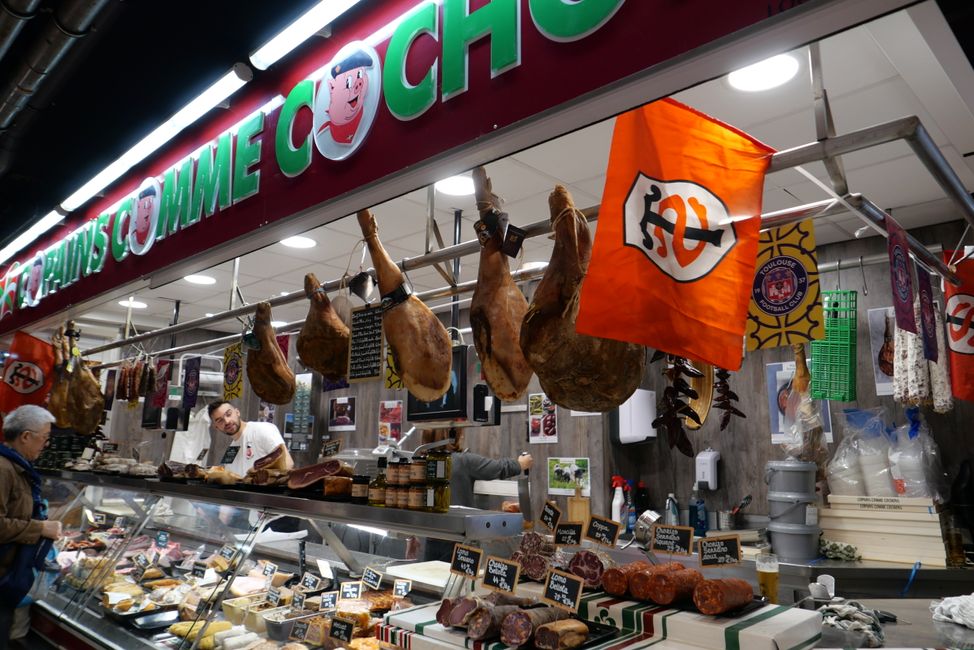
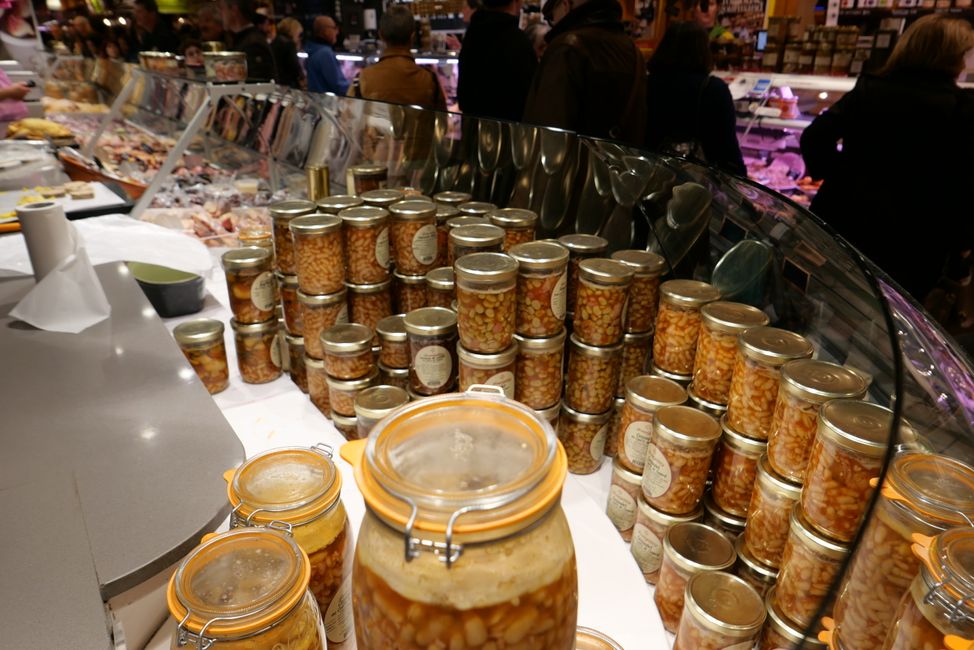
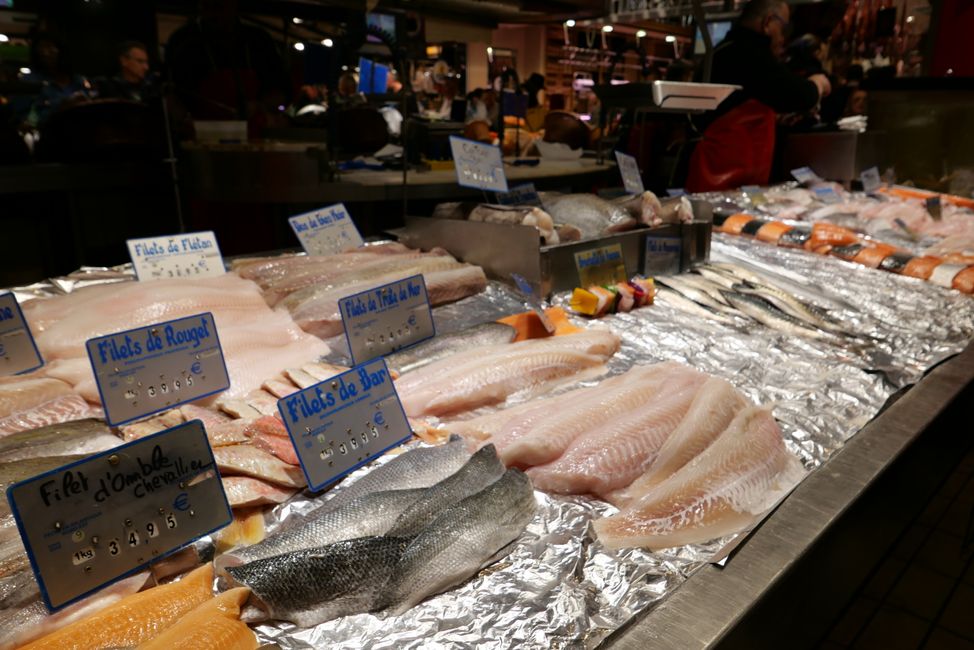
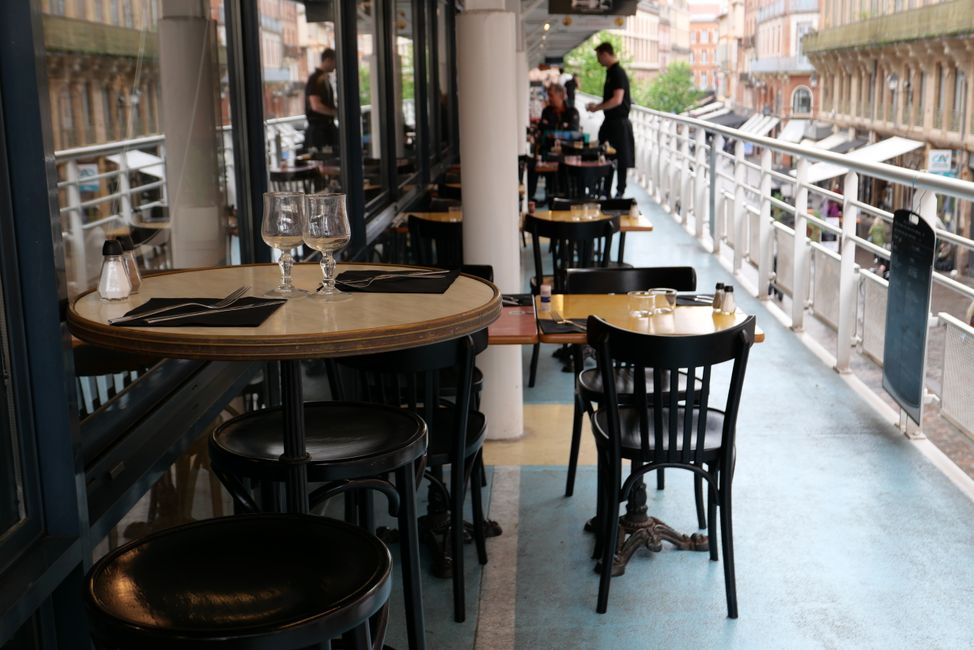
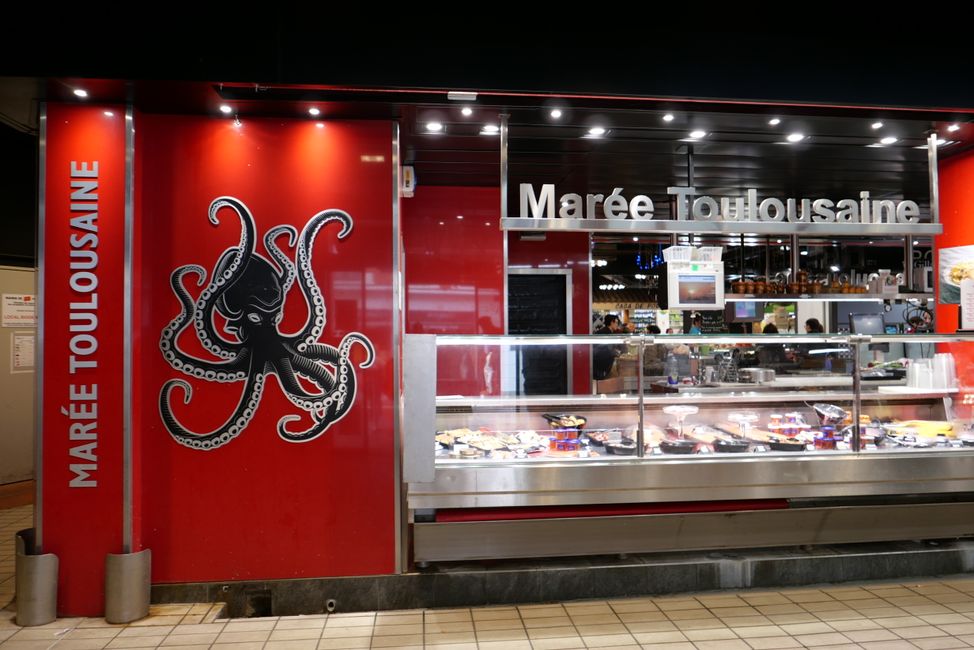
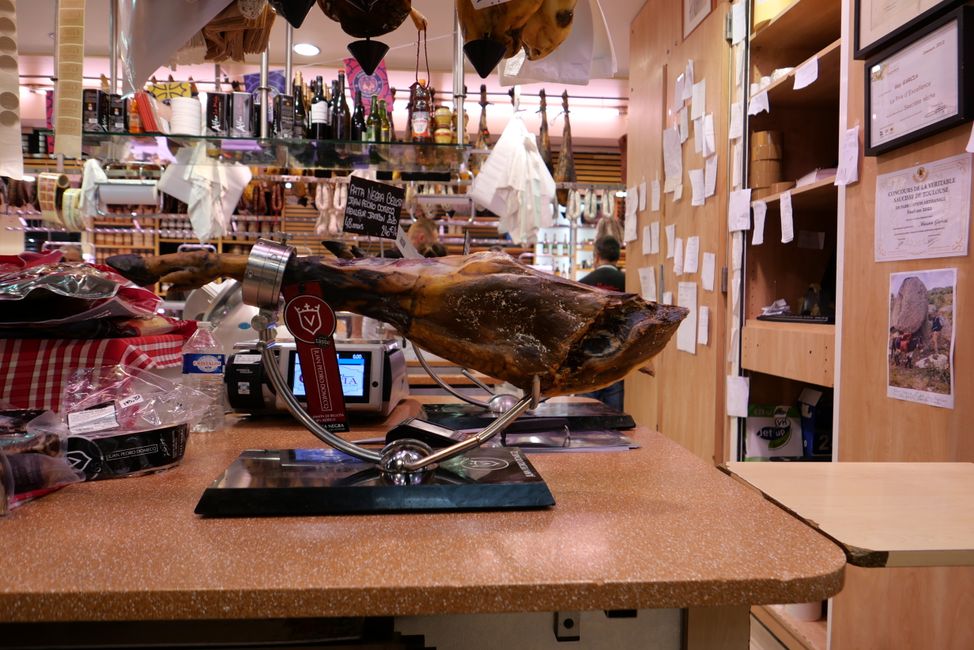
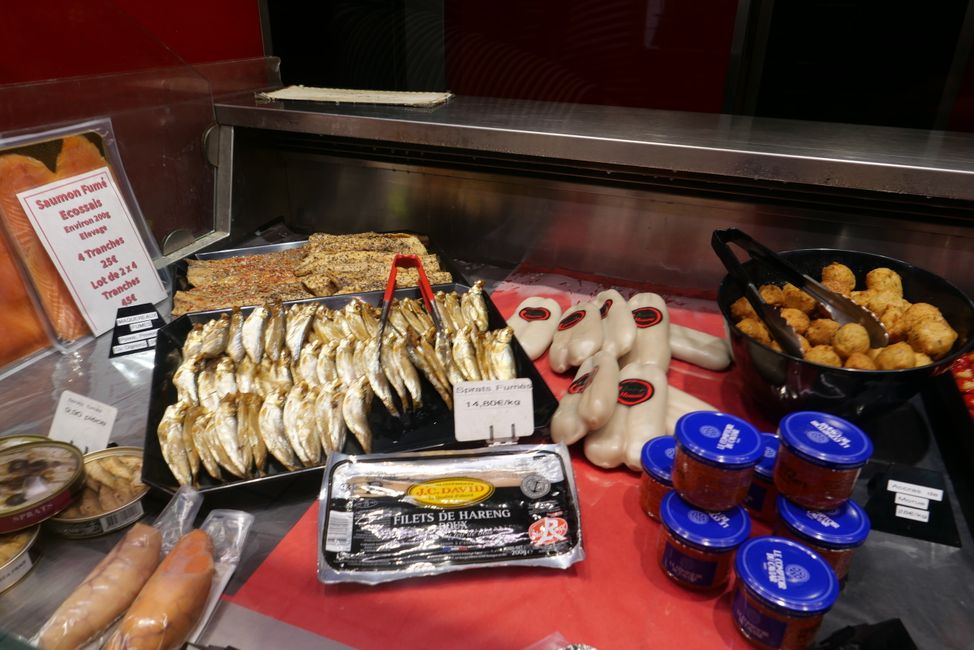
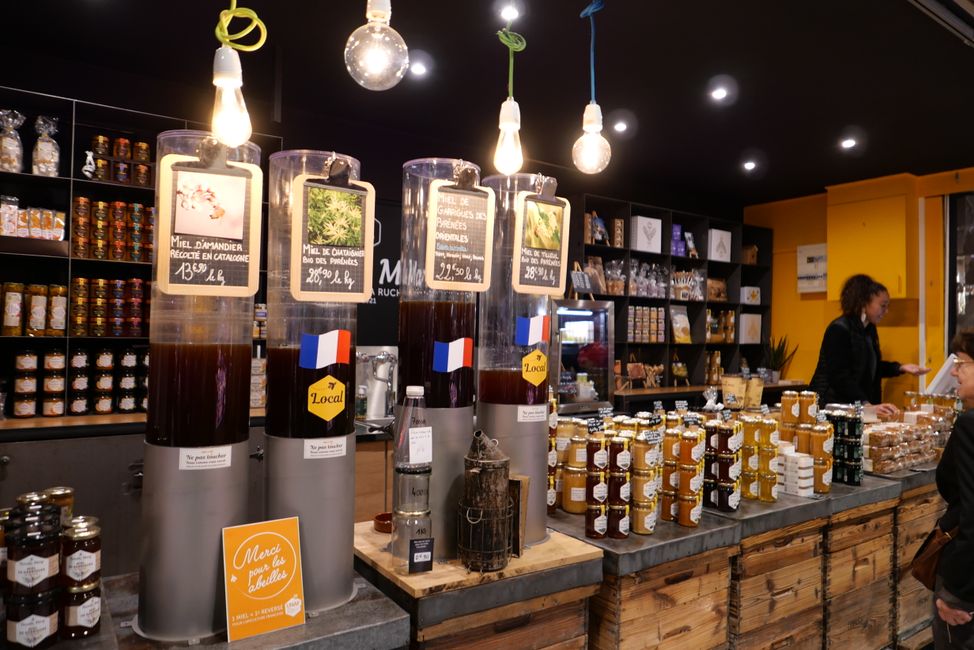
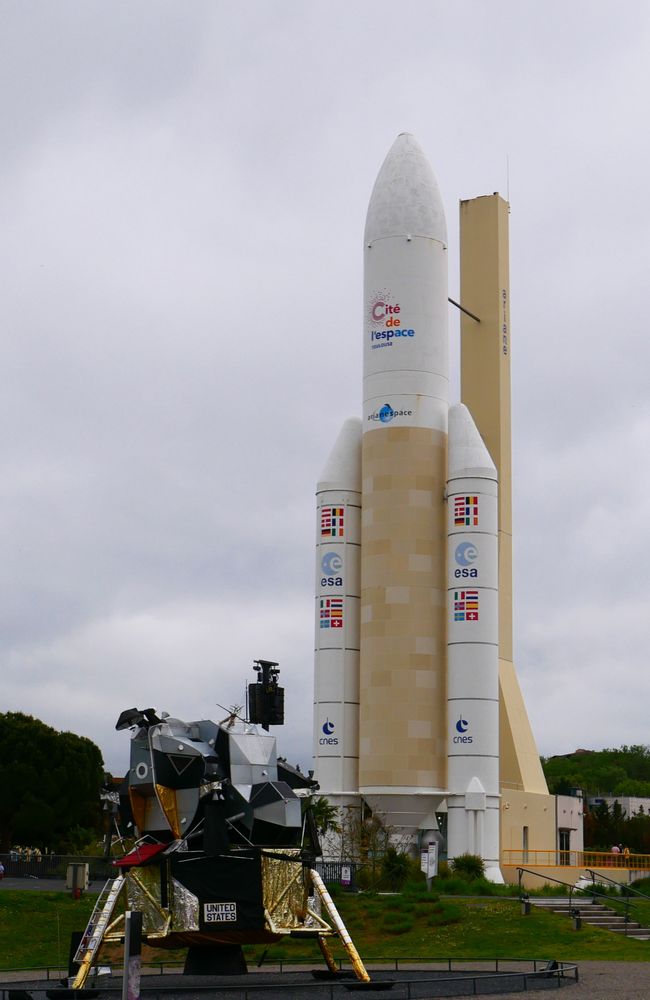
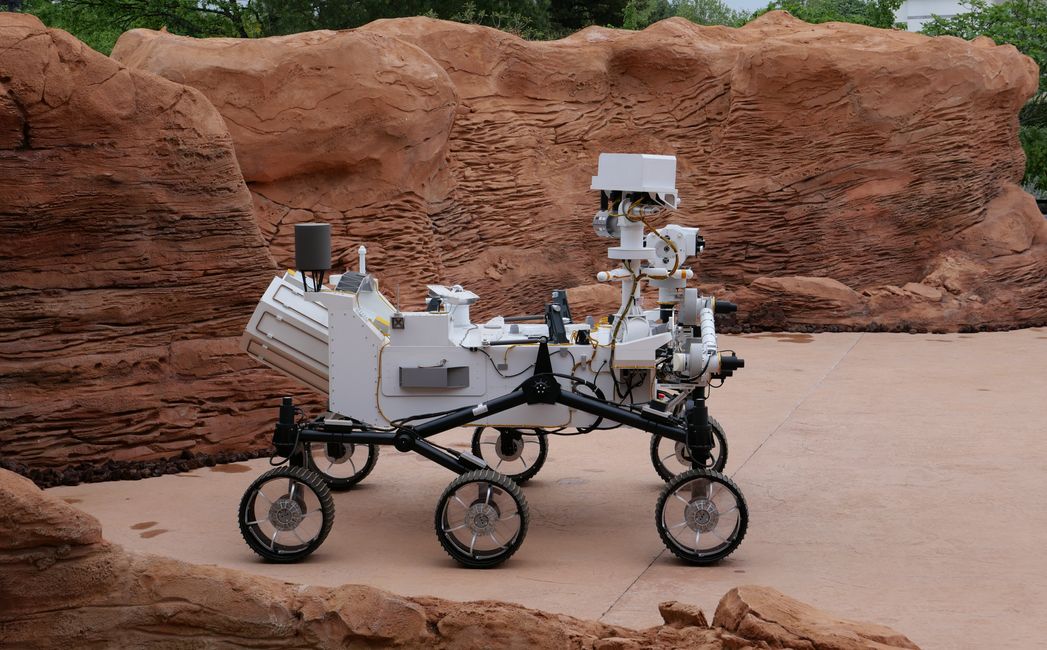
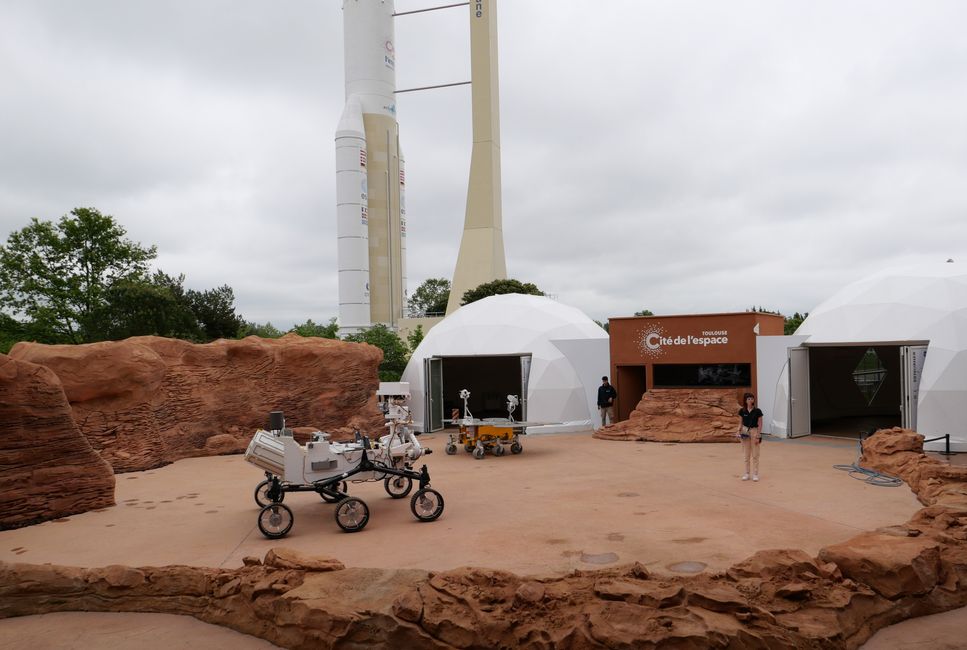
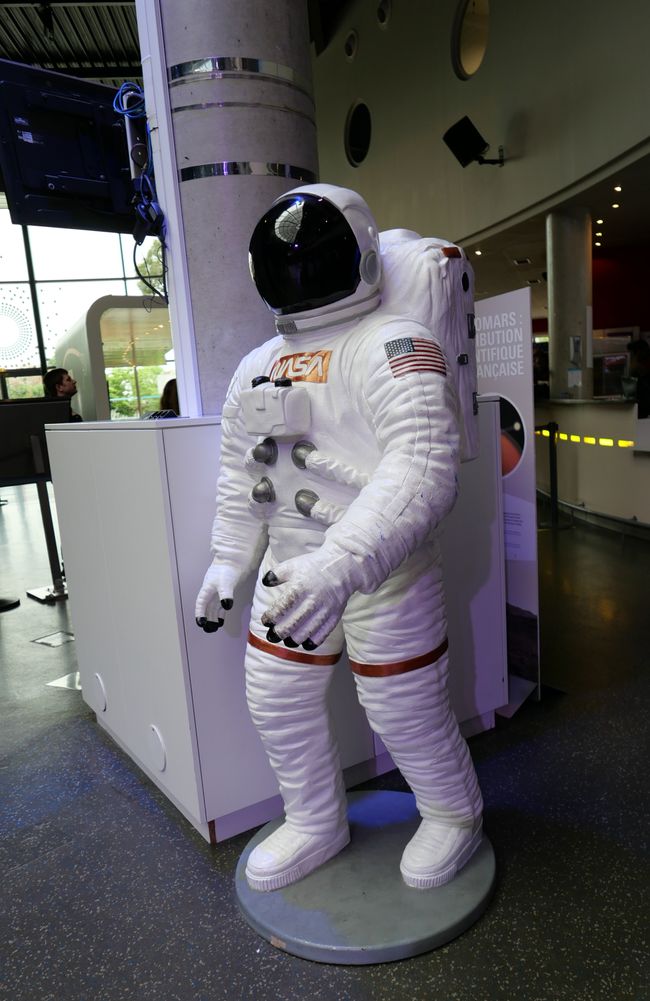
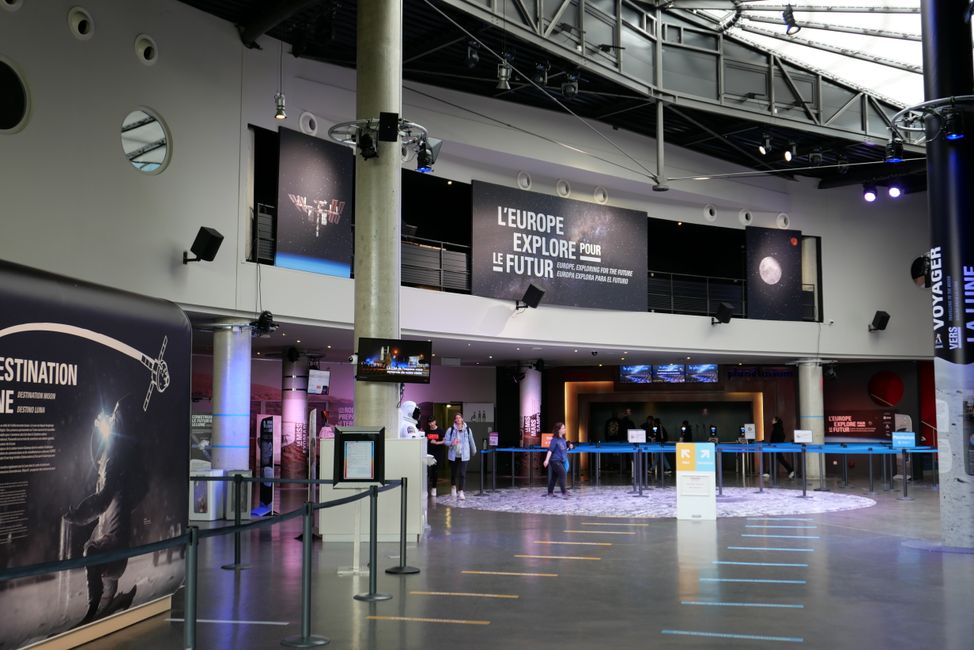
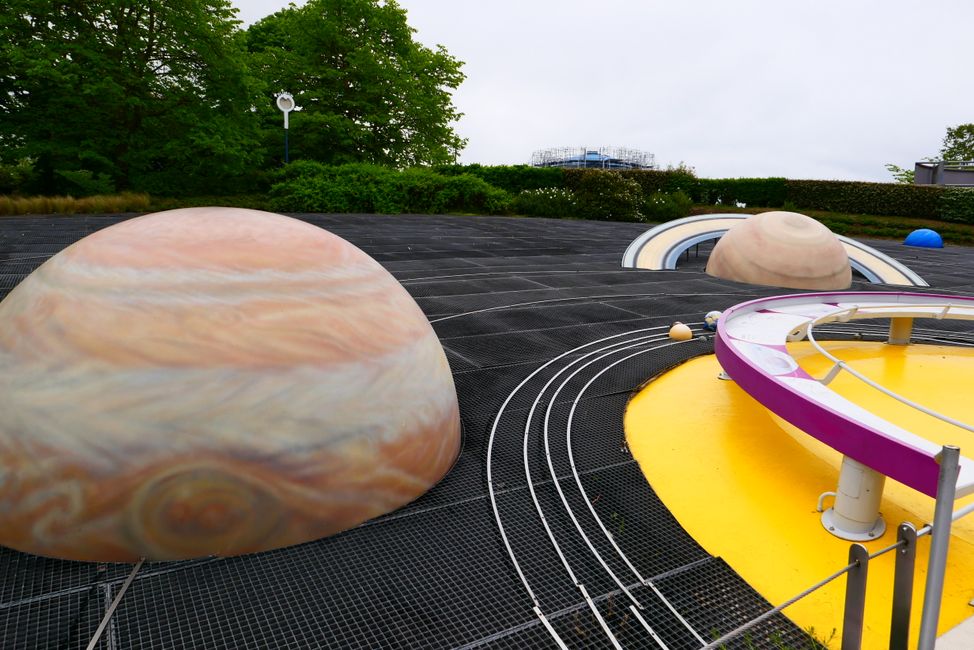
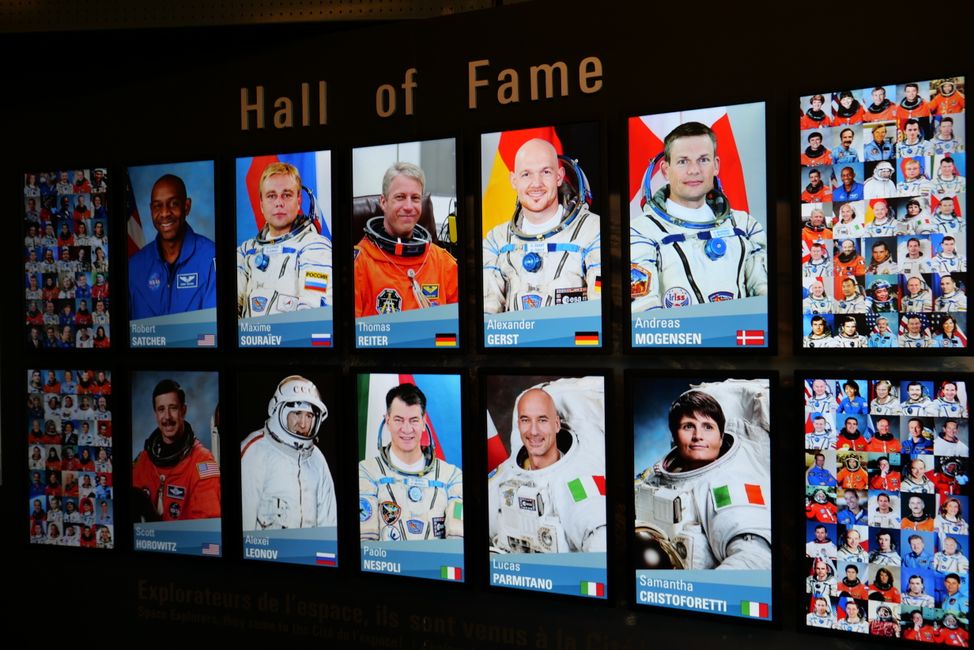
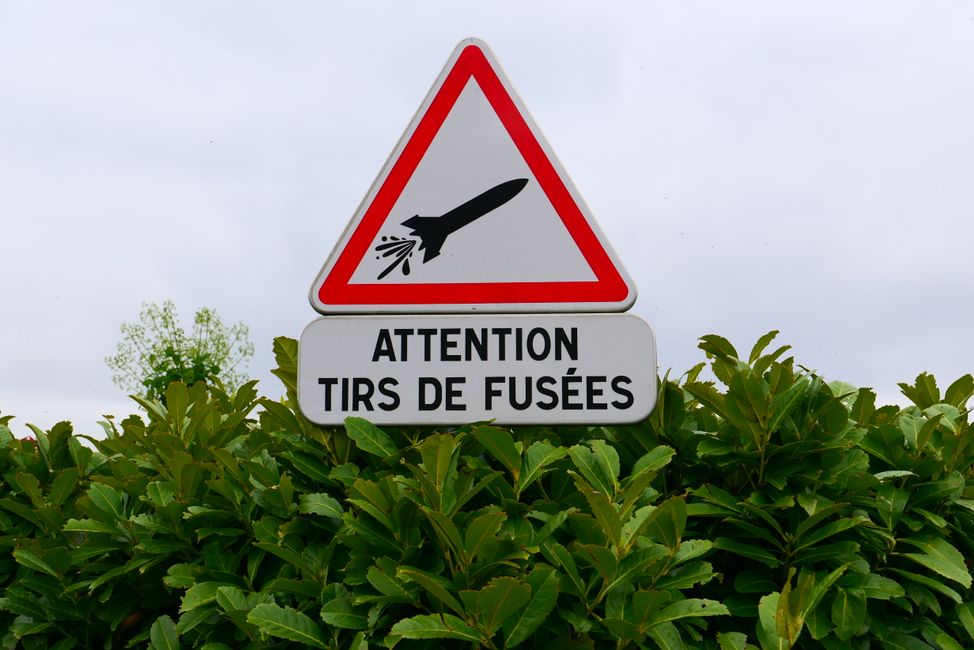
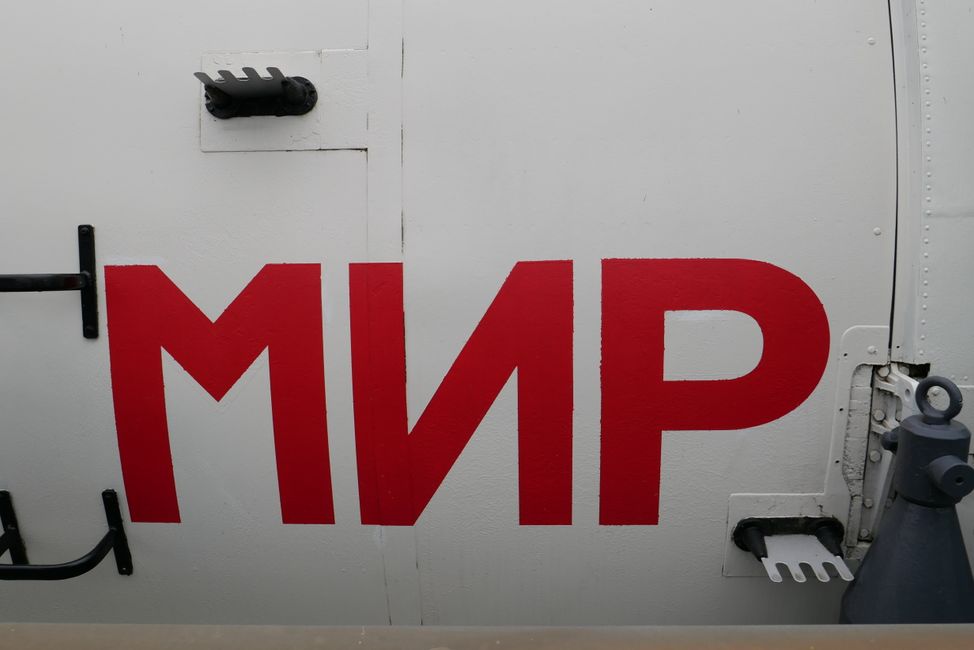
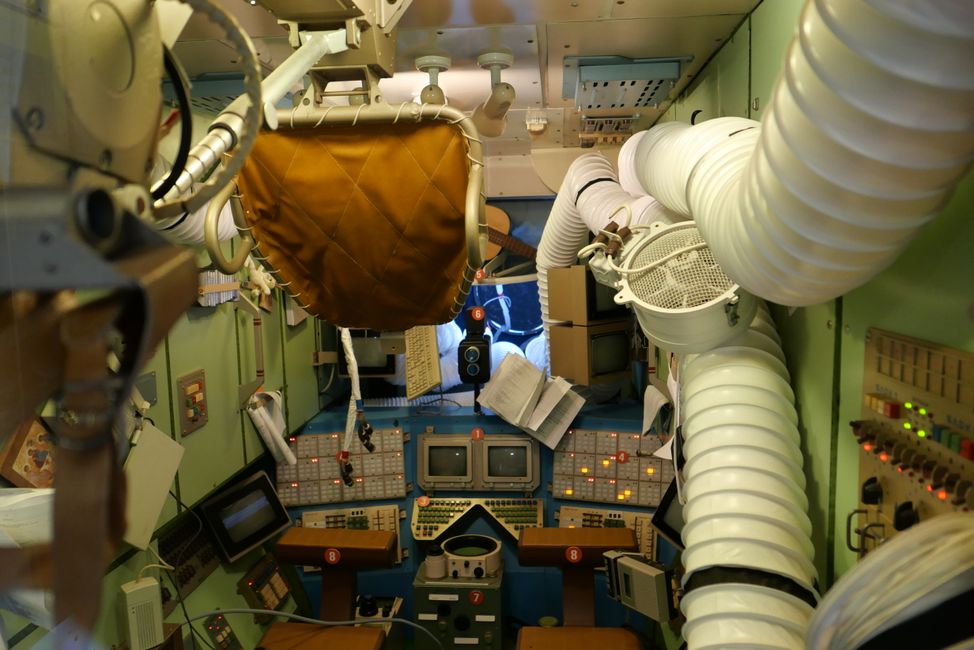
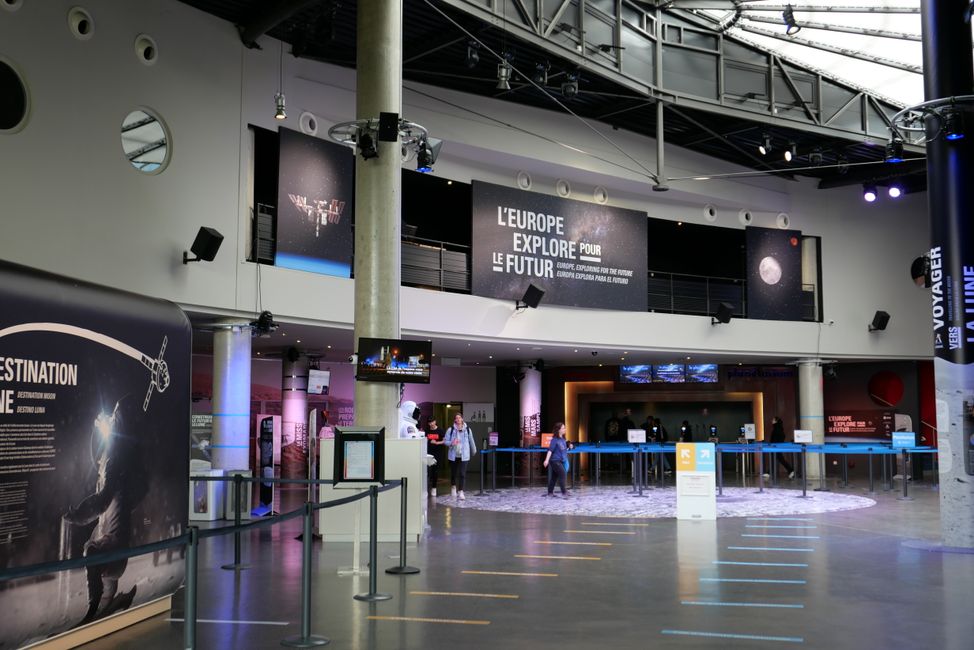
אַבאָנירן צו נעווסלעטטער
Toulouse is the fourth largest city in France with about 472,000 inhabitants, but many tourists don't have it on their radar. By the way, we didn't either.
What are your thoughts about the city of Toulouse? Do you have any idea or do you immediately think of Southern France (correct), Airbus (exactly!) or the title 'La Ville Rose' (pink city)?
We finally visited Toulouse and even though we were here for three nights, time just wasn't enough to really get to know everything.
But what is the story behind the pink color that Toulouse is so famous for? It's about the colors of the houses that are supposed to glow pink. It probably depends on the time of day and the light, but we found the city to be more brick-colored. That's because of the many terracotta tiles that were used in the buildings here. You can find them everywhere in the city. Among them are older buildings as well as modern ones. Either way, they are all worth seeing.
By the way, my hometown Erfurt and Toulouse have a historical connection: Both cities became rich in the Middle Ages thanks to the dyer's woad. The plant, which can be used to dye blue, brought Toulouse so much prosperity that during the Renaissance it was one of the richest cities in France. This period ended only when the inexpensive indigo from America was introduced. Some of Toulouse's most beautiful buildings, such as the Hôtel d'Assézat or the Hôtel de Bernuy, date from this time.
Also interesting, but not noticeable in the cityscape, is that Toulouse is over 2000 years old. The city has Gallic roots and was an important Roman city called Tolosa from 106 BC.
Today, when you stroll through the city center, you experience a young city due to the many students, but because of its southern location, it also feels a bit more relaxed than with us. For those who don't want to reach for the map now, I'll just tell you that it's only a few kilometers from Toulouse to the Spanish border. It is therefore very southern.
You can also tell by the temperatures. We already had up to 27°C at the end of April. Of course, many things take place outside because of that. People like to sit by the Garonne or in the many cafes, even late into the evening.
A good tip for eating out is the St. Georges Square. There are various restaurants here and also a playground, which parents will surely appreciate. We ate well here several times, but of course (as everywhere in France) warm food is only available from 7 pm.
The market on Place Victor Hugo is also worth a visit. Downstairs you can buy many fresh delicacies and on the floor above there are various restaurants that prepare delicious dishes from them.
But now let's move on from the relaxed life to modern aviation and space travel. For this, we skip a few centuries and go from the Middle Ages directly to the year 1917. Because Toulouse had hardly participated in the industrialization in France, the First World War led to a turning point. Because, as you know, the city was far away from the war, the aircraft industry was moved here. Based on this history, Toulouse became the aircraft and space capital of France.
Today, Airbus mainly determines the events. But as you surely know, Toulouse is only one of the locations of this German-French global corporation. However, the headquarters and final assembly of Airbus are now located here.
This was reason enough for us to take a 'Visit Airbus' tour. Unfortunately, during our stay, this was only available in French. We didn't understand any facts, but we were able to take a look inside the assembly halls. However, we did find out (by asking in English) that while it usually takes years from ordering to delivery of an aircraft, there are currently some machines that are being delivered much faster. Because of the war between Russia and Ukraine, several aircraft were not delivered to Aeroflot and can now be purchased.
By the way, for anyone who has found their way to the somewhat remote Airbus site, I recommend buying the combination ticket and visiting the Aeroscopia Museum. Here, aviation enthusiasts can admire various aircraft from the inside and outside, including the legendary Concorde.
And now an additional tip for those who want to aim even higher: the Cité de l’espace Space Museum. It is located at the other end of the city and you can spend the whole day here. The price for the ticket is not exactly cheap at almost 25 euros, but there is a lot on offer. There are many lectures (unfortunately all in French), but also a planetarium and an IMAX cinema. Headphones with English translation are available for the last two.
What particularly impressed us was the film about comet defense in the IMAX. Just for that, the journey was already worth it.
In the outdoor area, there is a lifelike replica of the Ariane rocket, as well as various moon rovers, Mars landers, and space stations. The interactive museum is also well done and has English translations.
As you can see, there is plenty to do in Toulouse.
Our first visit to this beautiful and interesting city will hopefully not be our last. Because we had to leave some things behind. Unfortunately, we didn't manage to visit the Couvent des Jacobins and the Canal du Midi. The latter starts in Toulouse and leads directly to the Mediterranean Sea.
An excursion to Carcassonne is also a must and could easily be done from Toulouse.
אַבאָנירן צו נעווסלעטטער
ענטפער
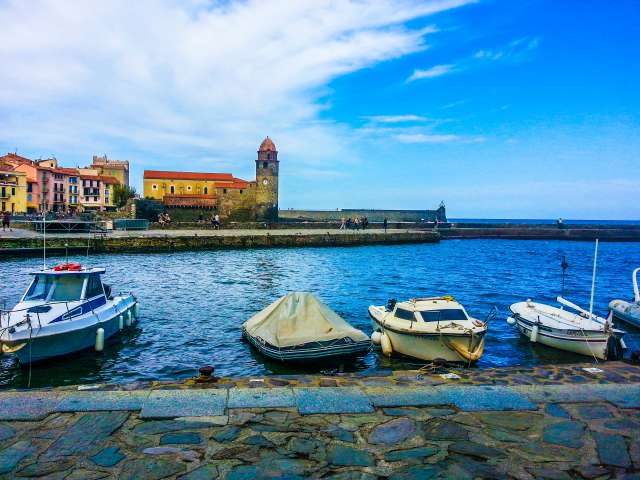
רייזע ריפּאָרץ פֿראַנקרייַך
